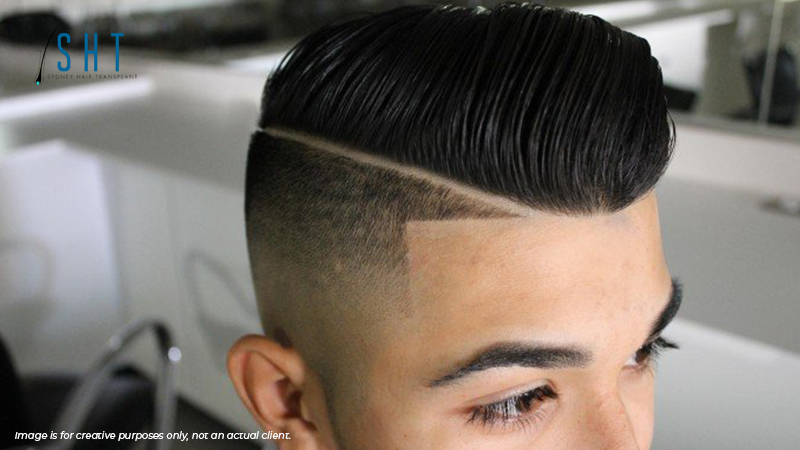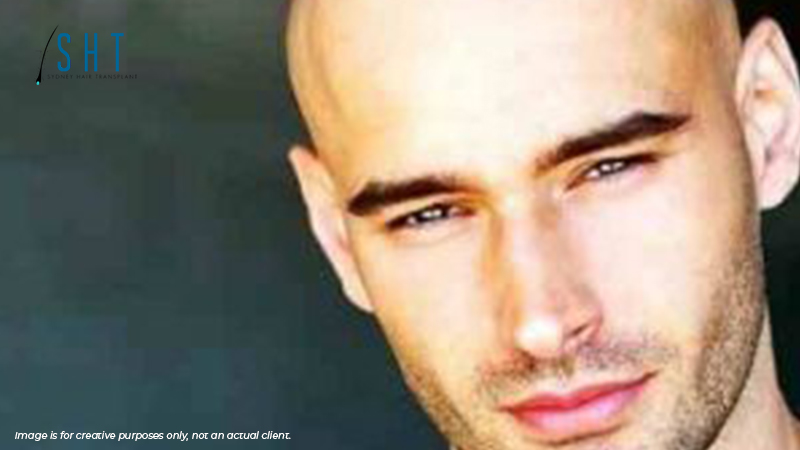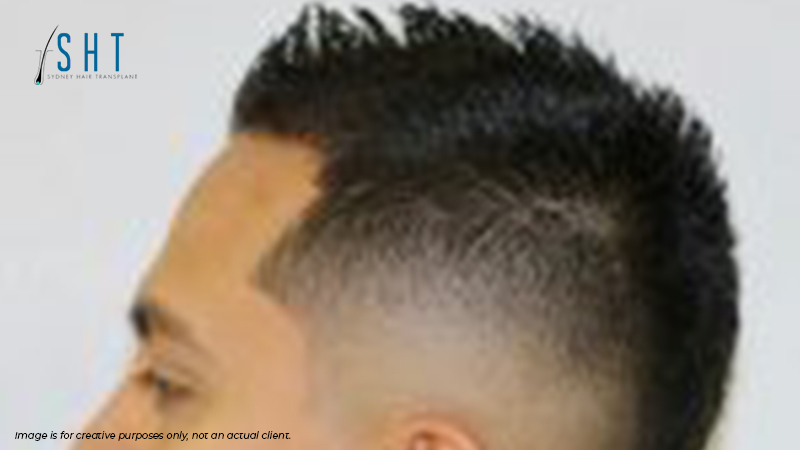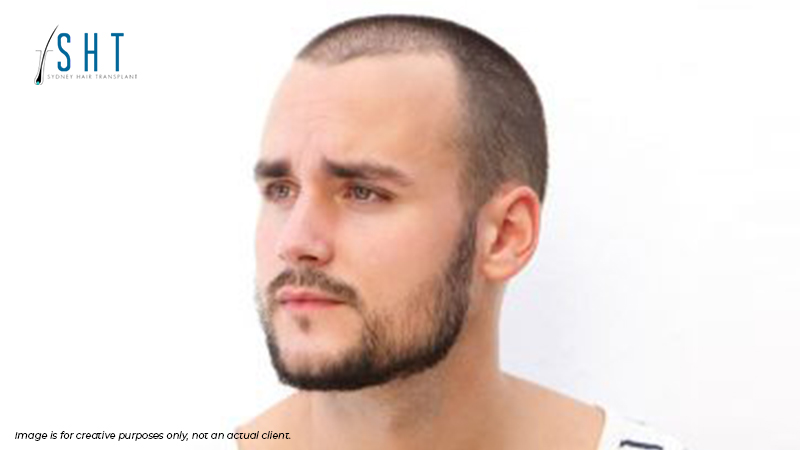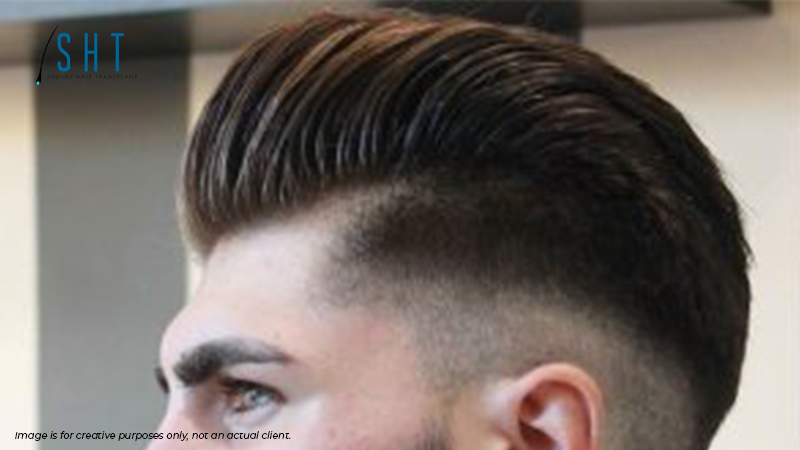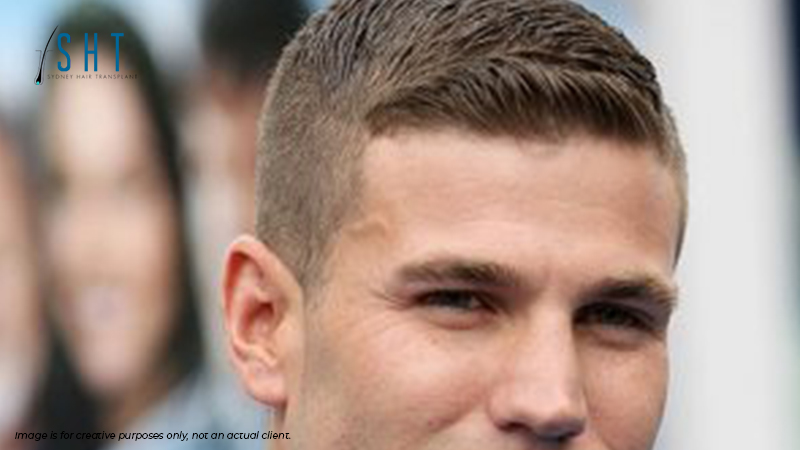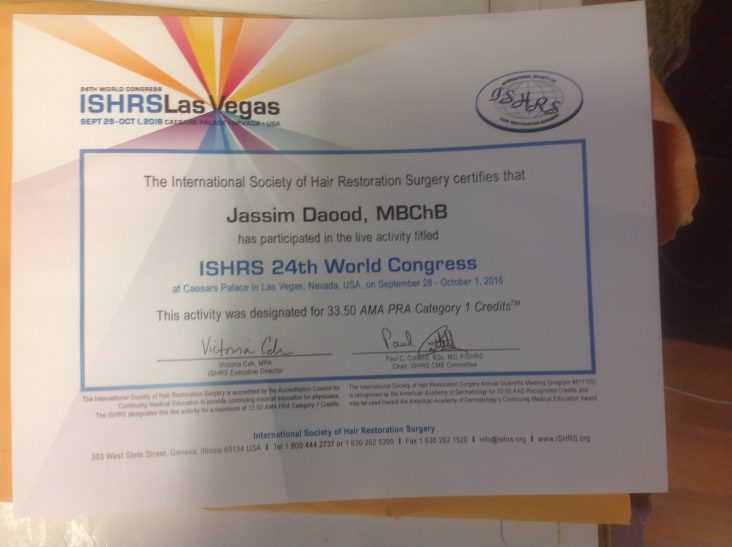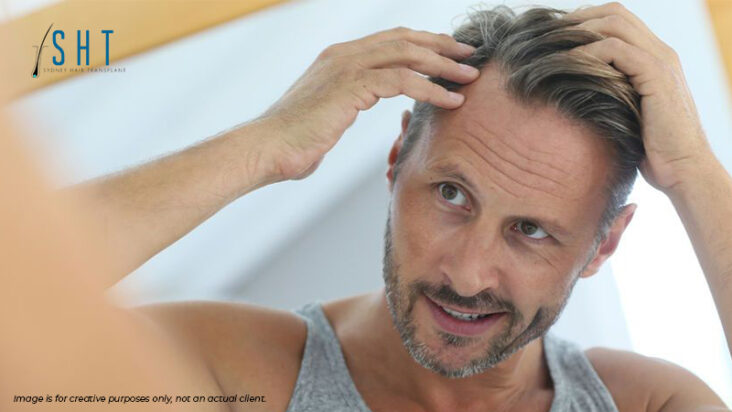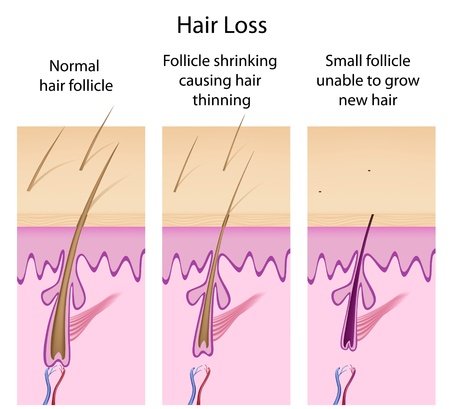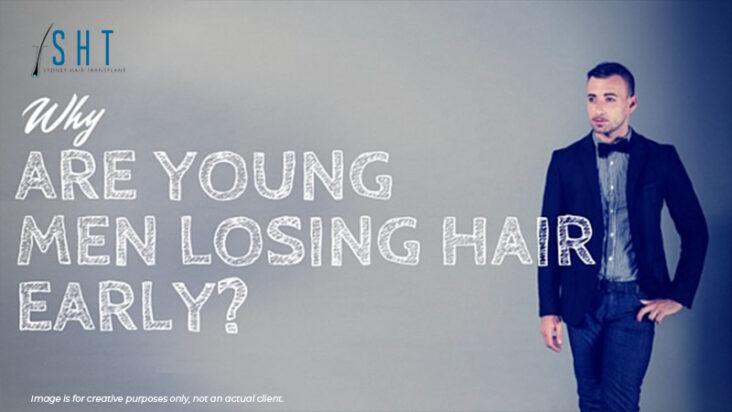What are the odds of men losing their hair as they age?
It varies—but like a lot of things, this will depend on a lot of factors. Genes can play a role but so does lifestyle. While most men experience hair loss around the age of 30, some can experience it as early as their 20s.
What’s common among those who suffer from male pattern baldness though is that symptoms of gradual hair loss can be hard to notice. So in a lot of cases, they don’t even notice until nearly half their hair is gone. Thankfully, hair transplant surgery has a respectable number of successful cases that it has earned a reputation for being a reliable solution for hair loss.
The complexity and demand for high surgical competency for this procedure means the process can be a little costly. But as far as hair loss remedies go, it’s an investment that definitely pays off. Knowing this, you want to make sure that you consider these key factors to ensure hair loss treatment success—
1. Take the time to find a good surgeon
Finding a surgeon is a like looking for a champion.
There are several hair transplant surgeons in Sydney alone, but not everyone may have the same vision you have in mind. Therefore, it pays to have someone who completely understands your aesthetic; someone who is open to answer all your questions, and someone who listens carefully to your goals and expectations.
Achieving all this means you need to make the effort to find a professional whose approach can address your concerns. Essentially, he should be able to champion your objectives, take the approach you’re comfortable with, and provide you with the care you want to be given throughout the whole process.
Don’t just take their word for it as well. Make sure you look at hard evidence to back up everything that is being said. Proof may come as the following:
Training
Remember that you are not only looking for a surgeon, but a hair transplant surgeon. Cosmetic surgery may be considered the “wild west” of medicine with less than qualified doctors coming in, but you can always outsmart the system. Turn on your inner sleuth and look at all the sources available to you – be it through word-of-mouth, print, or online. You may check the ISHRS (International Society of Hair Restoration Surgery) website to check the doctor’s background, his years of experience, and affiliations.
Board Certification
To earn these certifications, one must pass written and oral examinations to be considered. This is only open to surgeons who have performed a certain number of hair transplants, show proof of their training, and can provide evidence of their caseloads. It is also important that a doctor regularly attends conferences to be updated about the advances in his field. This is also a reflection of their commitment to education, ongoing training, and constant improvement in their specialty.
Experience
Experience would tell you for how long the doctor has been in practice and if he consistently delivers reliable results. Specifically ask about his experience in performing hair transplants and not just the mere practice in medicine. His experience in the types of hair transplant approach (FUT or FUE) he uses is also vital information to clarify, especially if you are particular about the level of invasiveness.
Results
Checking a hair transplant surgeon’s previous work should be an important part of your research process. Don’t hesitate to ask for before and after photos from the doctor you are considering. If possible, try to ask if you can meet some of his previous patients in person. Being able to personally assess the result of a past patient allows you a better picture of the surgeon’s quality of work.
2. Avoid the “Yes Man”
It’s definitely comforting to have a medical team that understands your concerns—especially if you’re looking to find a solution to a long-standing aesthetic problem. But don’t let your need to find a solution let you overlook the fact that when it comes to hair transplant surgery, there are lot more considerations that just finding a doctor that says yes to what you want.
There are cases where a hair transplant isn’t the best choice for you and a good medical team should be upfront about that fact. For example, some patients may want to fill in bald areas, but if filling in bald areas will only create an unnatural appearance as natural hair loss progresses, a reliable team should inform them about it. Remember, your hair transplant surgeon is your champion, and he should be able to hold that position even if it meant saying no.
3. Be wary of shadow surgeries
The rise of hair transplant surgeries today, has prompted an increase of shadow surgeries.
Shadow surgeries are procedures that are performed by a technician instead of an actual doctor. Patients meet and consult with a doctor, but the actual procedure is delegated. Note however that institutions like ISHRS still recommend hair transplants to be conducted by the actual doctor; so be sure to ask about this and discuss it with your medical team.
4. Don’t fall for the sales pitch
Ethical practice is something that some shady practitioners simply choose to ignore. Be wary of clinics who rely on aggressive sales and advertising techniques to push you into signing up for a surgery that most surgeons would otherwise think is dangerous or inappropriate.
5. Take the time to search for reputable clinics
When looking for a reputable clinic, be sure to keep a good eye out for red flags. This process starts from your Internet search and lead right down to your actual consultation. Be wary about the following:
- False claims and advertising, like pain-free procedures.
- Limited understanding of medical conditions that may have caused your baldness.
- Clinics that don’t specialize solely on hair restoration and dabble on other procedures.
- Inability of the actual doctor to sit down and meet with you.
- Clinics that feel like procedures follow a production line where all patients receive a cookie-cutter solution.
6. Refusing to take the extra steps to see if you are a suitable candidate
Clients often send photos seeking opinion or advice. However, photos alone are not enough to assess if you would be a “good” candidate for hair transplant surgery. It is important that you see a doctor in person. A personal consultation allows the surgeon to closely inspect your hair and give advice on which appropriate blood tests should be taken to check the root cause of your hair loss.
The fact that you are losing hair doesn’t automatically earn you a spot on the operating table. Prudence dictates that a patient should not be allowed to undergo the surgery if several factors show that you’re not a suitable candidate.
7. Don’t just base it on cost
Looking for the best value for your money is always wise, however, being constantly on the hunt for a bargain might place you in a precarious situation.
It’s always important to see what the standard rates are in your area. This gives you the baseline that allows you to assess the cost of your investment. But cost should always be considered in the context of quality. So be sure to read the fine print and study the more technical details.
We hope that you take these reminders into account during your consultation. Your hair restoration journey, should you choose surgery, is one that should be taken with the proper precautions to ensure success.
With that said–what other concerns do you have about this procedure? Give us a call and ask away. And if you want to make sure that you’re on the right track for success in your surgical hair restoration journey, be sure to get in touch with us.
If you have any further questions about where your money gets transplanted during hair transplant procedures, you can ask Dr. Daood of the Sydney Hair Transplant Clinic.
Book your Private Consultation
If you are considering FUE or FUT Hair Transplant surgery please contact us for further information on pricing and procedural information.
To book a private consultation today with Dr. Daood call 1300 656 236.




